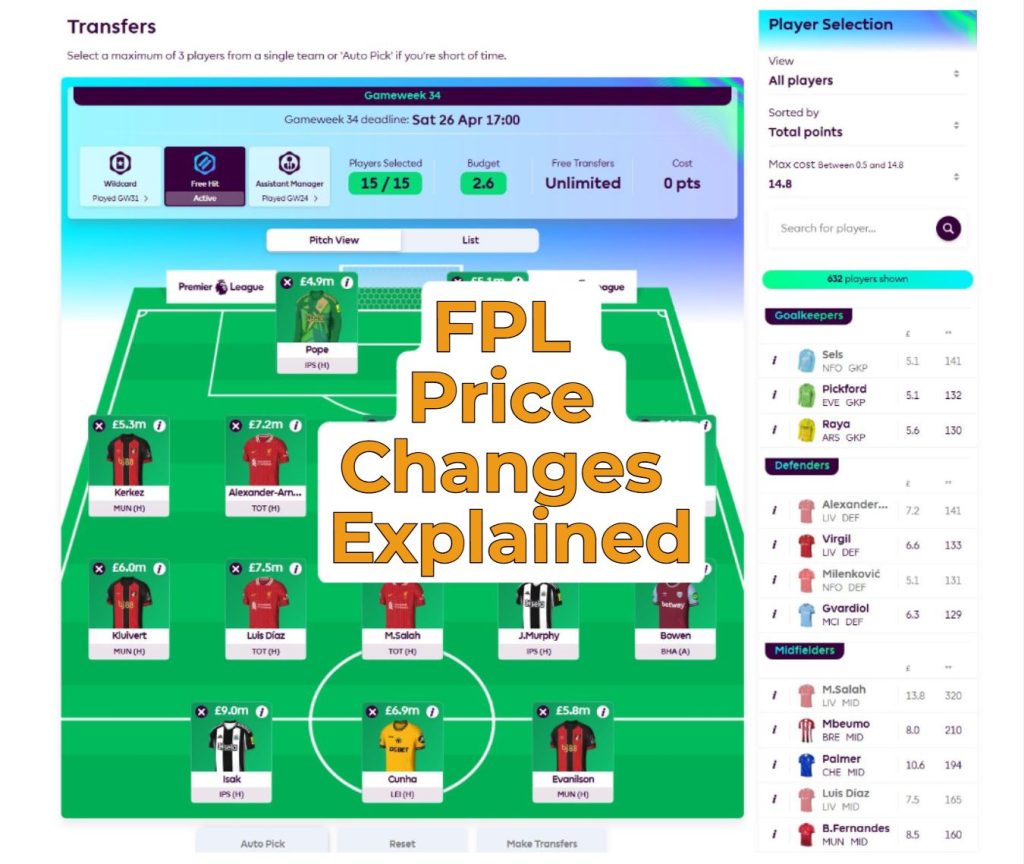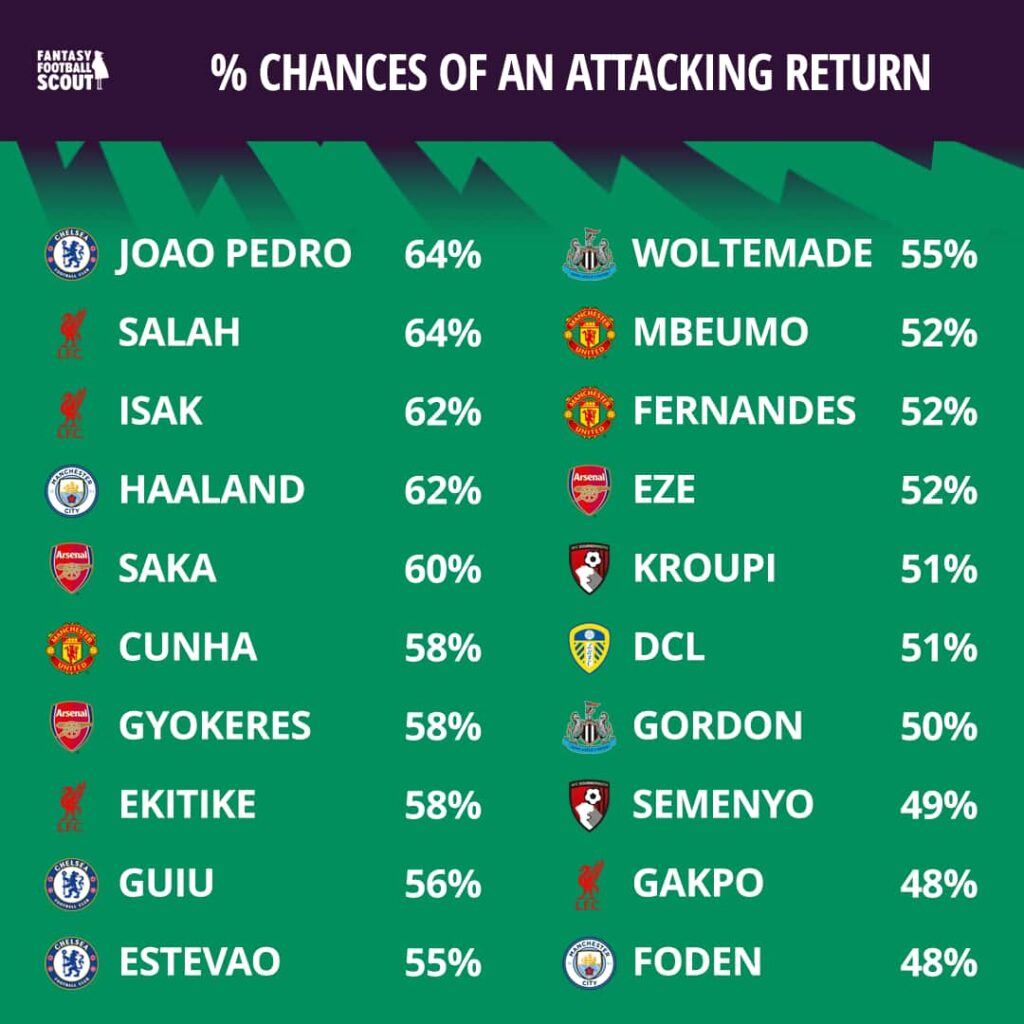How I Built My Own Price Rise Tracker After Getting Completely Burned
Look, if you play Fantasy Premier League, you know the deal. Team Value (TV) is everything. You need that extra 0.3 or 0.4 million in the bank by Christmas, or you’re stuck buying budget trash while everyone else is rocking the premium forwards. For years, I listened to all the so-called “gurus” on Twitter and Reddit, waiting for them to tell me who was going to rise. And every single week, I felt like I was half a day too late.

Last season, it finally broke me. I wanted to bring in
Player X (let’s just call him X) on a Tuesday night. Everyone was talking about him. But I thought, “Nah, I’ll wait till Wednesday after the press conferences.” Wednesday morning, boom. He rose 0.1m. Thursday morning, boom again. Another 0.1m. I lost 0.2m in two days just because I trusted the slow chatter instead of the raw data. That tiny loss meant I had to settle for a cheaper defender, and that defender got me about 5 points less over the next four weeks. It messed up my whole long-term plan.
I decided right then that I was done outsourcing my predictions. If I couldn’t trust the community to be timely, I had to build a system that screamed at me the minute a player was about to trip the price change algorithm. I didn’t care about the fancy predictive models; I just needed to see the net transfers in (TIs) crossing the line before the market reacted.
The Ugly Truth of Data Pulling
My first step was ugly. I started manually pulling transfer data. I spent hours looking at a couple of well-known third-party sites that track the transfer numbers because accessing the raw FPL API data and calculating the precise percentage needed for a price rise is a complete nightmare, full of rounding and hidden thresholds. I needed a reliable, hourly snapshot of who was transferring in and, crucially, who was transferring out.
I built a simple spreadsheet first—I called it the “Panic Meter.”

- Step 1: Raw Numbers Capture. Every four hours, I manually logged the Net Transfers In for every single player over 2% ownership. Anything lower than that, and the price rise mechanics are just too unpredictable, so I ignored them completely.
- Step 2: Calculating the Price Rise Trigger (PRT). This is the secret sauce. While some players need 100,000 net transfers for a 0.1m rise, budget players often need much less, maybe only 60,000. I tracked how many transfers each price bracket needed to rise historically. Then I calculated what percentage of their required PRT they had reached. Anything over 95% was labeled “RED ALERT.”
- Step 3: Noise Filtering. Sometimes players have a big influx right after a press conference, then it slows right down. To filter this noise, I focused only on players who maintained a consistent transfer rate of at least 5,000 net TIs over two consecutive 4-hour windows. If the transfers started to slow, they dropped off my list.
I did this manually for two gameweeks just to prove the concept. It was exhausting. I was setting alarms at 2 AM and 6 AM, squinting at numbers on my phone. But guess what? I nailed five price rises that week, two of which happened exactly 12 hours before the public consensus caught on. My Team Value jumped 0.5m in that short period. The method worked, even if the execution was borderline insane.
The Hot Watch List: Who’s Crossing the Line This Week
Now, I’ve semi-automated the data pulling (don’t ask me how, it took a lot of swearing and late nights, but it still requires manual validation because those transfer trackers sometimes glitch out). I still check my list three times a day like a crazy person, but at least the initial data gathering is cleaner.
Based on the numbers I’ve pulled in the last 12 hours, focusing on players who are sitting at or above 90% of my calculated Price Rise Trigger threshold (PRT), here is who I am absolutely locking in tonight or monitoring like a hawk:
- Player A (Defender, £4.5m): Sitting around 98% PRT. The ownership surge is massive because of that clean sheet and those unexpected attacking returns. He needed roughly 65,000 transfers. He hit 63,000 in the last 24 hours. If he rises, he will likely hit 4.6m overnight. I already bought him early, thank goodness. If you haven’t, you have maybe a couple of hours before the algorithm bites.
- Player B (Midfielder, £8.0m): This is a slightly trickier one because he is more expensive, meaning he needs a higher PRT (closer to 90,000 transfers). He is currently at 91%. The transfers are coming in steadily, not spiking wildly, which suggests a sustained interest, not just panic buying. I predict he hits 8.1m during the day tomorrow, but there is a slim chance it happens overnight if Europe wakes up early and transfers him in.
- Player C (Forward, £7.2m): He’s sitting at 95% PRT. He’s been a differential, but after two solid returns, the casuals are finally moving. The crucial thing here is the Transfers Out of the cheap forward who blanked are fueling this move massively. This suggests that money is directly flowing from one slot to another, pushing C over the edge faster than usual. Buy him now, or wait until Friday and pay 0.1m more—your choice.
My method isn’t clean, it isn’t mathematically perfect, and it certainly isn’t officially endorsed by FPL, but it’s real. It’s built on the pain of getting burned too many times by slow information, and honestly, the feeling of beating the price rise by just a few hours is totally worth all those terrible 2 AM alarms.
